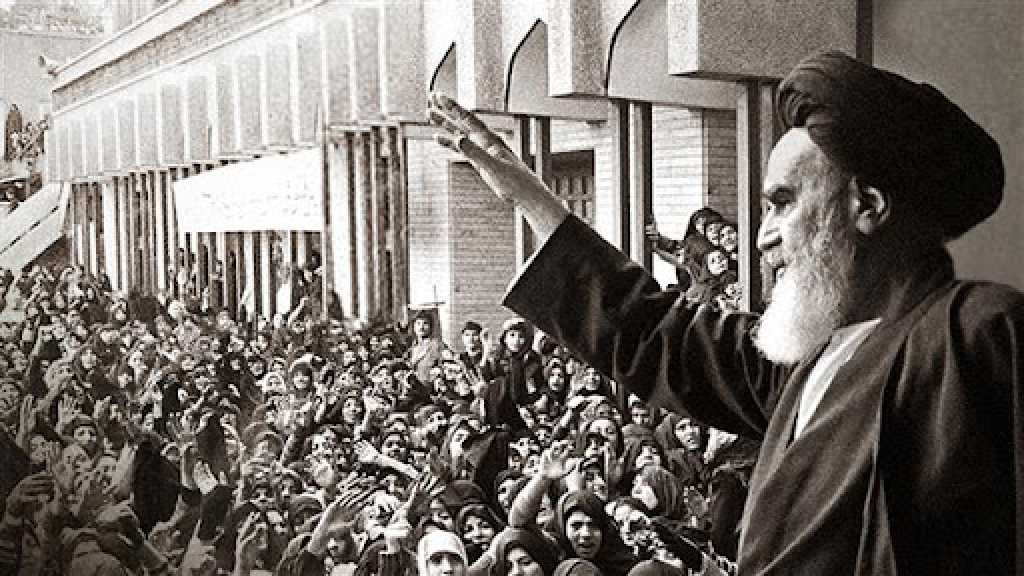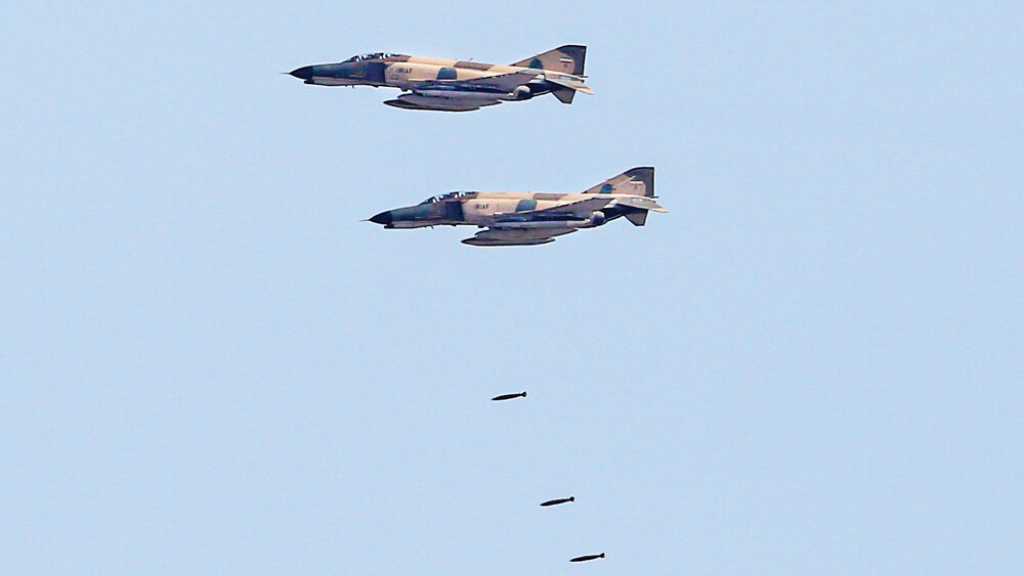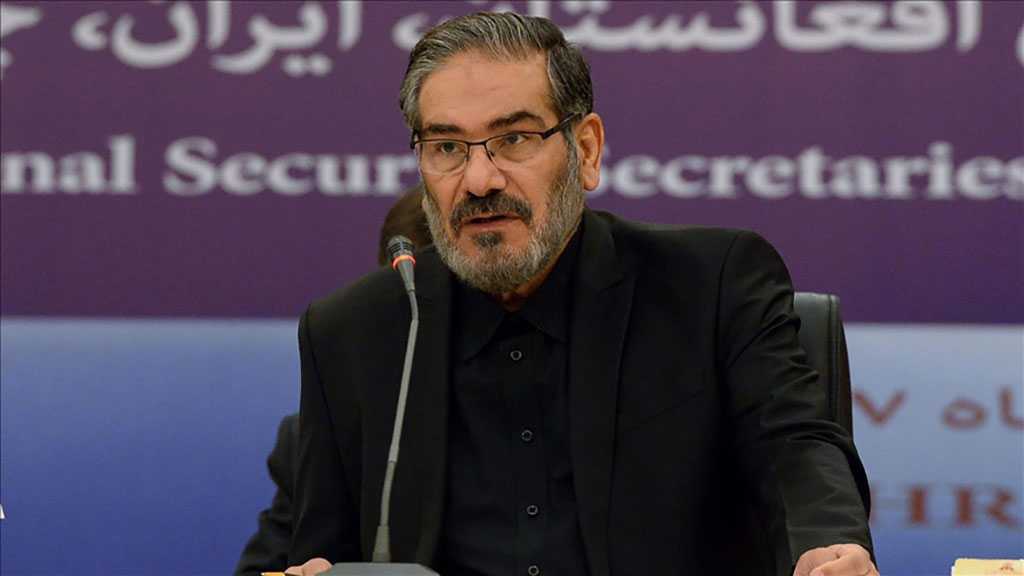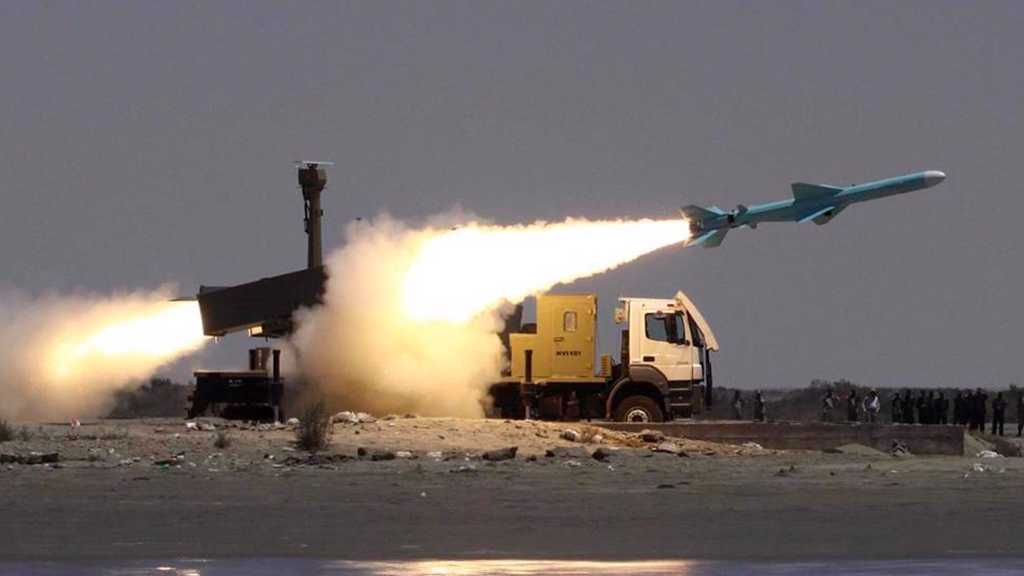A Nation Rekindled: The Spark of Revolution

By Mohamad Hammoud
Prior to the Islamic Revolution, the Iranian people had lost faith in their country. Despair hung thick in the air, and the dream of a proud, self-reliant Iran felt like a fading echo of the past. But then came the revolution—a spark in the darkness that reignited hope and breathed life back into a people yearning for change. Enemies of Iran sought to extinguish this newfound light with crippling sanctions and relentless international pressure. Instead of faltering, the light only grew brighter, and Iran stood defiant, refusing to kneel under the weight of external forces.
Looking Beyond the Turban: The West’s Misunderstanding
The West has often failed to understand the Iranian political system, reducing it to a simplistic image of black-turbaned clerics ruling with blind ideology. As Robert Baer points out in The Devil We Know, Western observers frequently overlook the complexities of Iran, assuming it is a medieval theocracy rather than a sophisticated state with checks and balances. Baer argues that Iran’s government is not a dictatorship but a multi-layered system where power is distributed and between various factions, including the Supreme Leader, the Revolutionary Guard, the Parliament [Majles], the Guardian Council, and the economic elite. Robert Baer argues that this intricate system is not a dictatorship but a sophisticated framework of checks and balances, allowing decision-making to be pragmatic and adaptable both domestically and on the global stage.
Checks and Balances in Action
Baer highlights that while the Supreme Leader holds ultimate authority, power in Iran is not concentrated in one person’s hands. Iran’s government is structured around multiple competing institutions that create a dynamic balance of power. The Guardian Council, composed of clerics and jurists, ensures that legislation aligns with Islamic law, while the Expediency Council resolves disputes between the Parliament and the Guardian Council. Additionally, the Assembly of Experts, elected by the people, has the power to appoint and dismiss the Supreme Leader. This interconnected system fosters political maneuvering, ensuring that no single entity governs unchecked. The theocratic elements coexist with pragmatic statecraft, enabling Iran to adapt to challenges and maintain internal resilience. While the West tends to view Iran’s theocratic elements as signs of oppression, Baer argues that they coexist with pragmatic statecraft, allowing Iran to adapt and respond to geopolitical challenges with remarkable resilience.
Resilience Under Fire: Thriving Against the Odds
Iran’s resilience is perhaps most evident in its ability to withstand decades of sanctions and economic warfare. Since the 1979 revolution, the United States and its allies have sought to isolate Iran, imposing embargoes designed to cripple its economy. However, rather than collapsing under pressure, Iran has not only survived but thrived, transforming itself into a regional power with advanced technological and military capabilities. The country’s leadership has turned adversity into an opportunity, investing in domestic industries and reducing its reliance on foreign imports.
A Military Power Forged in Isolation
One of the most striking examples of Iran’s success is its military-industrial complex. Cut off from Western arms markets, Iran developed its own missile and drone technologies, becoming a significant player in modern warfare. What once seemed like crude imitations of foreign technology are now praised for their effectiveness. Iranian drones have proven their capabilities in conflicts ranging from the Middle East to Ukraine. In a surprising twist, even Russia—long considered a military superpower—has turned to Iran for drone supplies, a testament to the quality and efficiency of Iranian manufacturing. This development signals Iran’s emergence as not just a regional power, but a nation capable of competing on the global stage.
Innovation Beyond the Battlefield
Iran’s achievements extend far beyond its military. Despite economic restrictions, the nation has made significant strides in nuclear technology, aerospace engineering, and artificial intelligence. It has successfully launched satellites, developed indigenous defense systems, and fostered a growing tech sector, pushing forward in the face of adversity. These accomplishments challenge the Western narrative that Iran is an isolated, stagnant state, portraying a nation that has leveraged its internal resources and intellectual capital to thrive against the odds.
A Nation Defying Expectations
Baer’s analysis underscores the need for the West to reassess its perception of Iran. The West’s failure to move beyond outdated stereotypes has led to policies that underestimate Iran’s strategic depth and resilience. Iran is not a country trapped in the past; it is a sophisticated, self-reliant power that has mastered the art of survival. Its ability to innovate under pressure and project influence across the region makes it a force that cannot be ignored. Rather than continuing to view Iran through the narrow lens of turbans and religious symbolism, the world must recognize its true strength: a nation that has defied expectations, turned adversity into opportunity, and emerged as a formidable player in the modern geopolitical landscape.



